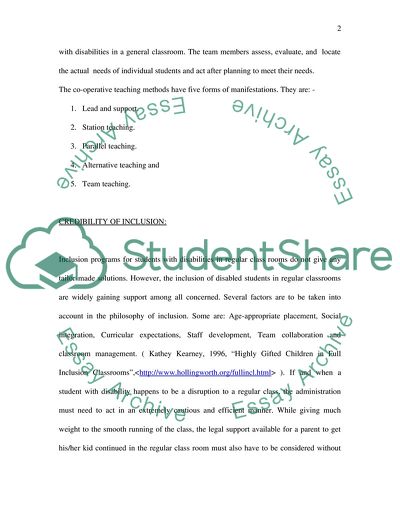Cite this document
(“Inclusion Programs Essay Example | Topics and Well Written Essays - 2250 words”, n.d.)
Inclusion Programs Essay Example | Topics and Well Written Essays - 2250 words. Retrieved from https://studentshare.org/education/1537504-inclusion-programs
Inclusion Programs Essay Example | Topics and Well Written Essays - 2250 words. Retrieved from https://studentshare.org/education/1537504-inclusion-programs
(Inclusion Programs Essay Example | Topics and Well Written Essays - 2250 Words)
Inclusion Programs Essay Example | Topics and Well Written Essays - 2250 Words. https://studentshare.org/education/1537504-inclusion-programs.
Inclusion Programs Essay Example | Topics and Well Written Essays - 2250 Words. https://studentshare.org/education/1537504-inclusion-programs.
“Inclusion Programs Essay Example | Topics and Well Written Essays - 2250 Words”, n.d. https://studentshare.org/education/1537504-inclusion-programs.


